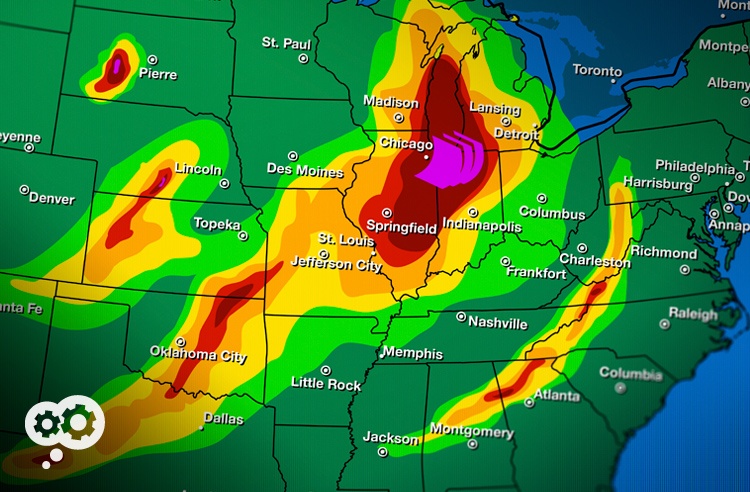
In the report, 36 percent of enterprises surveyed say they are printing MORE OFTEN than they were 12 months ago, while only 14 percent are printing less often. Similarly, 40 percent are scanning more often and 35 percent are copying more often.
By 2020, Cisco’s Internet Business Solutions Group predicts that 50 billion physical IoT devices will be connected to the Internet, consuming, generating, and communicating data. The office is no exception.
Crucial documents reside on our desks and file cabinets, but also in cloud servers and mobile devices. With such wide and easy access to the information we need, it’s tempting to think that printing may soon become a function of the past.
As ESPN analyst Lee Corso famously says on College Football Game Day, “Not so fast, my friend!”
According to numbers compiled in Canon’s recent “Office Insights 2018” release, paper itself isn’t going anywhere anytime soon. In the report, 36 percent of enterprises surveyed say they are printing MORE OFTEN than they were 12 months ago, while only 14 percent are printing less often. Similarly, 40 percent are scanning more often and 35 percent are copying more often.*
While technology experts continue to forecast a system of technological changes moving in, including rise of cloud computing, big data and mobile computing, data security continues to be a growing priority for the large enterprise down to the SMB.
With so much paper still moving across offices via our daily printing habits, Document Security should absolutely remain on any organization’s radar.
The Canon study uncovered that about two-thirds of IT decision-makers reported they were aware of instances when documents have gone missing, either inside their organization (65%) or when employees have lost documents while outside the company (64%).
Consider the education system, where information containing student grades, health records and other personal information are routinely copied, scanned, faxed, emailed and printed every day. Law firms deal with tax information, insurance details and clients’ financial data. In the medical field, the Health Insurance Portability and Accountability Act (HIPAA) prevents the disclosure of protected health information without an individual’s authorization and provides individuals specific rights to their medical data.
5 best-printing practices to keep in your back pocket:
- Avoid printing PII, such as Social Security numbers, unnecessarily.
- Establish profiles to limit printer function access based on roles.
- Implement device authentication to release documents for print.
- Fax documents directly to emails, desktops and secure, in-printer storage.
- Protect printer hard drives with encryption, automatic deletion and overwrite capabilities
Where ever documents may reside – in the cloud or on the boss’s desk collecting dust - document security begins with internal processes. Having a strict view of document security in your office, and educating employees on strict security measures, will help to ensure procedures are handled appropriately. Where are you at with your Document Security? We can help you predict technology weather patterns to keep the critical documents you need secure.
*The data in the report was collected from 391 technology decision-makers, influencers and end users in the United States. The sizes of organizations interviewed range from 1 to 49 employees all the way up to 250+.
Source: Canon (https://www.usa.canon.com)


